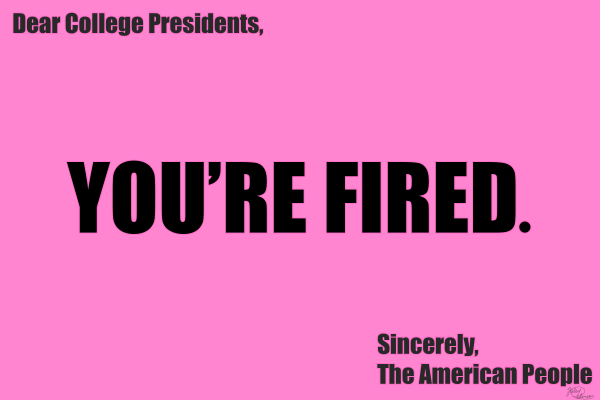The Complicated Tale of Financial Aid
Financial aid in higher education is one of the biggest deciding factors in a student’s attendance at a school. This is an especially important issue for incoming Albuquerque Academy students, especially because of the price of tuition is so high, reaching $24,795 for next year. Pam Scanlon, the Financial Assistance Director, and Amy Keller, Director of Admission and Enrollment Management at Academy, gave insight on the admissions process and financial aid distribution.
According to both Scanlon and Keller, the admissions process is separate from the financial aid decisions. The financial aid application forms are designed so that the only factor is the financial need of a family, not merit or ethnicity. Scanlon said, “The Academy partners with a third party provider, School and Student Services (SSS), which provides the school with a preliminary assessment of a family’s ability to pay for education. All financial assistance is based on demonstrated need.” Scanlon went on to describe the financial aid application process as similar to that in college. Families turn in tax returns, which verifies the data on their financial aid application so that the financial aid offices can determine their “demonstrated need.” From that, financial aid is distributed based on how much money is available and what level of aid a family qualifies for. What Keller describes are the guidelines that the Academy follows for admissions and financial assistance, which are based upon the “best practices” by the school’s accrediting body. Keller also said,”Our school follows what are called Principles of Good Practice (PGPs) that have been established by the National Association of Independent Schools (NAIS), of which we are a member school. Our accrediting body is the Independent Schools Association of the Southwest (ISAS), and it is affiliated with the NAIS.” Both Keller and Scanlon made it very clear that the admissions process is independent of financial assistance.
In college, financial aid may be given based on more factors than the Academy takes into consideration, such as ethnicity or gender. Diversity in the distribution of scholarships has been a widely discussed topic and goes hand in hand with the rising fight for equality. Mark Kantrowitz discusses the statistics of this distribution in his paper, “The Distribution of Grants and Scholarships by Race.” Kantrowitz says that in private sector scholarships, “Caucasian students represent 69.3% of private scholarship recipients but only 61.8% of the undergraduate student population. This is in contrast with minority students, who represent 30.5% of [private] scholarship recipients and 38.0% of the undergraduate student population.” This difference in scholarship recipients between these demographics is striking. According to these statistics, students are more likely to receive private scholarships if they identify as Caucasian. Financial aid is not distributed equally among different minorities. In fact, this same paper states that the minority that is most likely to receive private scholarships is African American students, who received 12.4 percent of the 43.3 percent of public grant scholarships given to all minorities.
In contrast, in public colleges, Caucasian students are less likely to receive scholarships than those applying to private institutions. According to Kantrowitz, 56.4 percent of recipients are Caucasian. Minority students are more likely to receive public grants than private grants, but Caucasian students still have the upper hand. This problem is starting to be brought to public attention, and more and more colleges are trying to resolve this issue, but it is a slow and sometimes contentious process.









